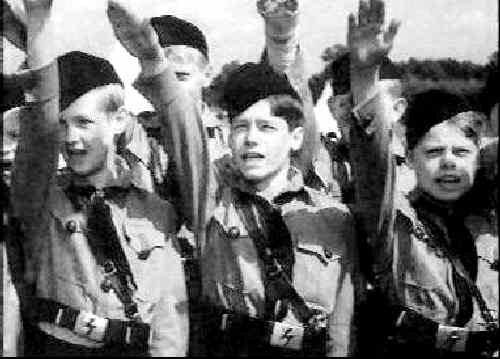
Figure 1.--This sensative and utimately tragic story addresses the mixed emotions that German boys had about the NAZIs and the New Order--even boys of partial Jewish ancestry.


Figure 1.--This sensative and utimately tragic story addresses the mixed emotions that German boys had about the NAZIs and the New Order--even boys of partial Jewish ancestry. |
After World War II (1939-45) a new film industry has arisen in Germany, but it has had little exposure outside Germany. A few films reached international status. The Tin Drum is probably the most famous. I have not yet been able to reserch West German films, but have information on a few individual films. Hopefully some of our German readers can offer some information.
Here is available details on films made in West Germany with depictions of boys clothes.
The Bridge featured a cast of young actors who proved supremely talented. It is the last days of the World War II in a small German town. The principal characters are depicted as 15/16 years old schoolboys in shorts and kneesocks at school. Their town is about to confront the advancing American soldiers, and the boys are called up to active service in the German army. As the Amis (Americans) approach, the boys' are ordered to hold the bridge into town at all costs. The task is futile, and they should have surrendered, but
they were, as the SS motto went, "Treu auf bis dem todt" (Loyal unto death). Also, communication with their headquarters was lost. In the end, they are all killed, and the bridge turned out to be meaningless. A really good, post-war, self-examination film.
One of the best know German films about the Hitler Youth and World War II is Europa, Europa. It is about a Jewish boy who ends up in the HJ during the war. It is particularly poignent because it is the true story of Solomon (Solly) Perel, a 13-year-old
German-Jewish boy who is separated from his family during the period
between the Hitler-Stalin pact (August 1939) and the German invasion of Russia (June 1941). After escaping Germany to Russian occupied Poland, he is placed in an orphanage operated by the Soviet Government. He joins the Komsomol, the Communist youth organization. When Hitler invades Russia he is captured by the German Army. To save his life he convinces them that he is an ethnic German. Solly is now fluent in Russian and is used by the German Army as an interpreter. As a reward for heroism, he is sent to an exclusive school in Germany run by the Hitler Youth organization, where he continues to pose as an ethnic German. Placed back into the German Army at the end of the War, he surrenders to Russian troops. Solly's brother searches for him and survives internment in a concentration camp. The brothers are reunited at the end of the War.
The Tin Drum was a West German-French production. It is a rather fatheful production of GŁnter Grass' masterpiece. The Tin Drum is a stunning drama about a boy's reaction to the thugish violence of NAZI Germany. Young Oskar from the age of 3 years
refuses to grow. The movie was a West German-French production. It is a rather fatheful production of GŁnter Grass' masterpiece. Depicts a young boy's view of a depressing
moment in history; Nazi Germany. At age 3, he purposefully maims himself so that he will not grow to be an adult. As planned, he remains a midget the rest of his life and views the grotesque adult world through a child's eyes. Disturbing allegorical look at
the outcasts of society. David Bennent plays the boy. Directed by Volker Schlondorff.
A West German TV film The World that Summer was based on the book by Robert Muller about a youngster in the Hitler Jugend during the mid-1930s. The boy is very keen to excel and be awarded his HJ dagger. At the same time he has a guilty secret--a Jewish grandmother whom he dearly loves. I think he would have been expelled from the HJ if his Jewish ancestry was known--eveen one fourth. Robert Muller wrote the book in English some time after the war. I assume he was a refugee from the Nazi regime. A English contributor to HBC read the book as a schoolboy, attracted by the cover art of the HJ uniforms! He found it very moving. The movie is also very moving--although there is a very sad ending.
A popular film genre in Western Germany was the Heimat film. We are familiar with West German and Austrian Heimat films. We do not know if they were mase before World War II, but we notice them after the War. We notice the films in the 1950s. Some may have been made in the 1960s as well.
Heimat means a native homeland film. They are sentimental films, often teat jearkers. They were shot in senic rural locations--often the Alps. Many were low-budget rather formulaistic films.
Navigate the Boys' Historical Clothing Web Site:
[Return to the Main German movie page]
[Introduction]
[Activities]
[Biographies]
[Chronology]
[Clothing styles]
[Countries]
[Theatricals]
[Bibliographies]
[Bibliographies]
[Contributions]
[FAQs]
[German glossary]
[Satellite sites]
[Boys' Clothing Home]
